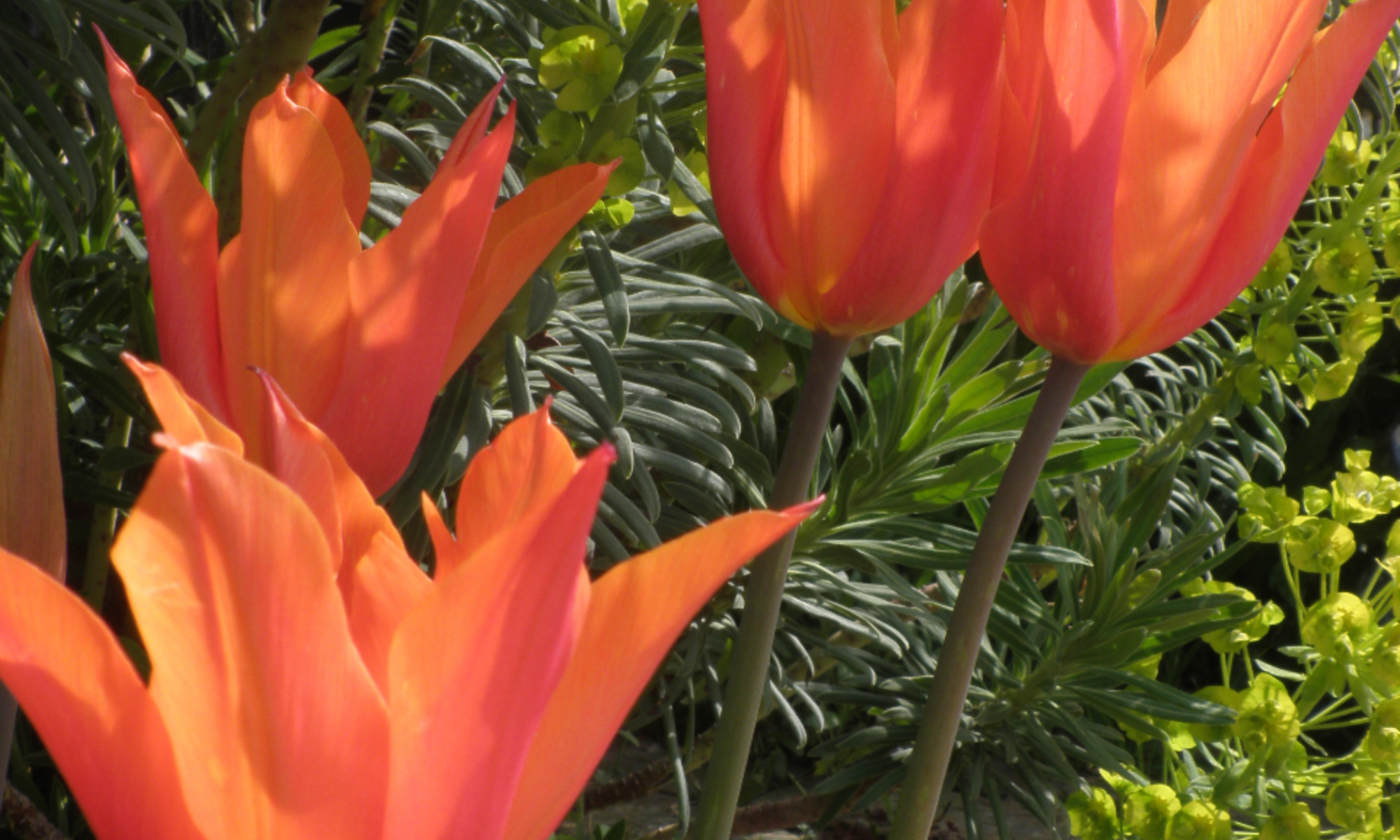Getting them to flower again… Tulips naturally grow on free draining slopes in places like Turkey, where they’ve adapted to the brief spring rains, scorching summers and bitter (but dry-ish) winters. Most plants that grow from bulbs are the same. A bulb is really just a squashed up, dormant form of the plant, waiting out the difficult growing conditions until it’s safe to grow again. So, replicate the slopes of a Turkish hillside through the year and all will be well with your tulips. Claggy Wealden clay, unpredictable summers and too much rain gets most of us off to a bad start where this is concerned. We quite often manage the wet spring part, which enables them to flower well initially, but our summers aren’t usually dry and warm enough to bake the bulbs and the winters aren’t cold enough to kill off the many diseases that tulips are prone to, so the bulbs don’t bulk up enough to flower again.
Pests and diseases… They do tend to suffer from quite a few diseases, the worst of which is ‘Tulip Fire’, a nasty fungal disease that attacks the flowers and leaves, causing them to have brown patches and twisting the growth (so that they look as if they’ve been damaged by fire). Fungal and virus infections are suppressed in cold conditions. This is why tulips are planted in November – or December, (or – best not to spread this or we’ll never get them planted – even in January). Then there are the slugs – keel slugs that live underground and burrow into the bulbs. And I can’t even bring myself to mention squirrels, except to say that the sight of one sitting on a fence post happily chewing on a freshly planted bulb is enough to make even the mildest-mannered nature lover turn violent (I shout and bang on the window, which is a bit pathetic).
Mid season
Mid/late season… The Viridifolia tulips have a stripe of fresh green running down the backs of the petals. My favourite is ‘Spring Green’ – it lasts well in the borders and looks great among new foliage and other spring plants.
Late… Of the single late varieties, it has to be ‘Queen of the Night’, a statuesque tulip with petals of deep burgundy/black. It’s a glamorous addition to any situation – looking good in containers or borders. There’s a lovely blousy double flowered tulip that flowers late called ‘Angelique’ if you’re looking for a soft, romantic look. The flowers are pale pink and Peony shaped. The outrageous Parrot types also flower late – around mid May – and are worth a go for their show-stopping potential, but they are quite fussy; be pleased if you get a good show in the first spring, but don’t expect them to come back the following year.
Reliable varieties… Stick to species tulips or those in the Darwin and Fosteriana series if you want to be sure of them flowering for several years. Species tulips are generally smaller and earlier than the cultivars, but they naturalise well and look good in informal settings. The big, bold varieties are useful in bedding displays and among cottage garden plants.
TEST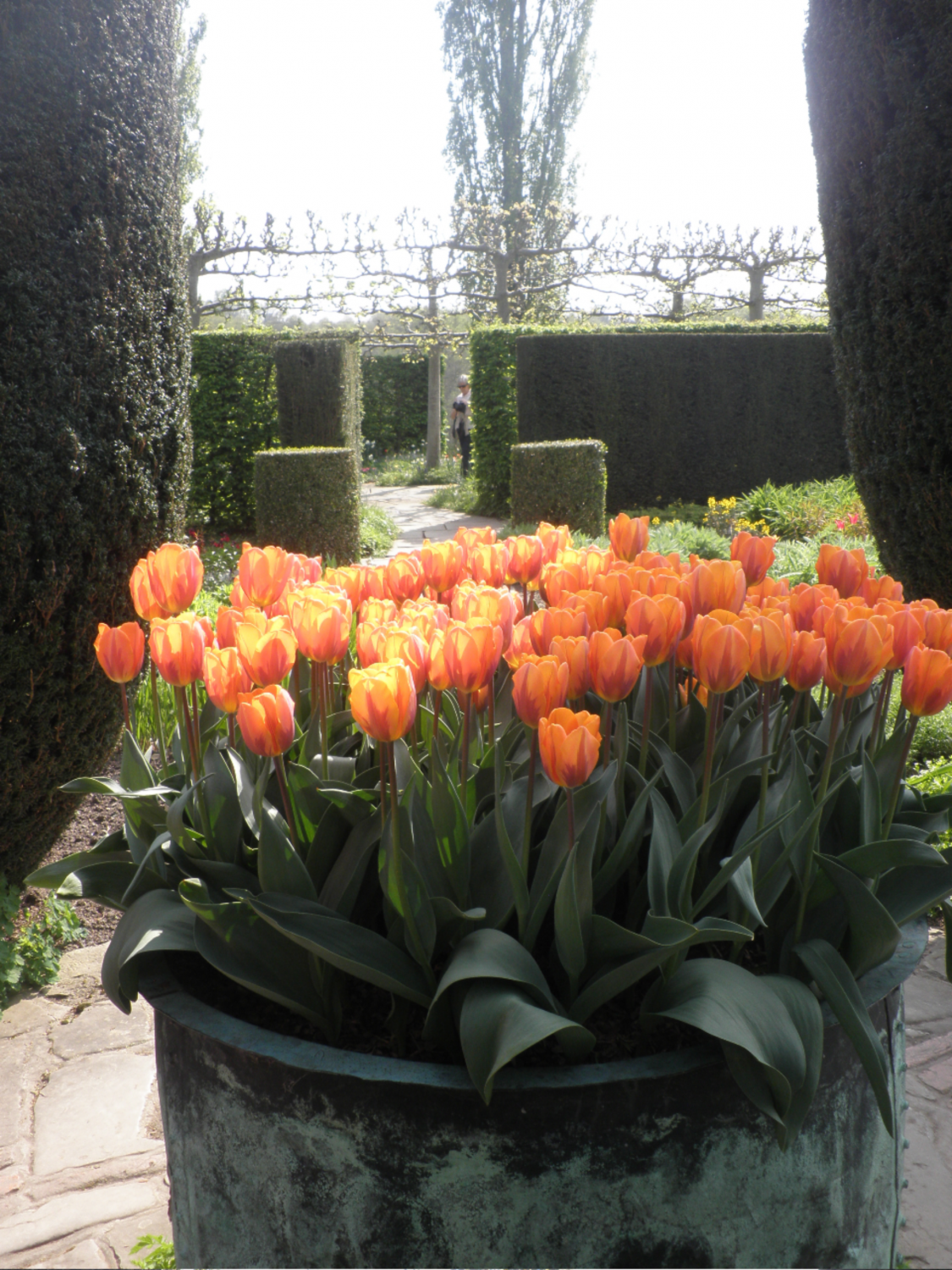 TEST
TEST
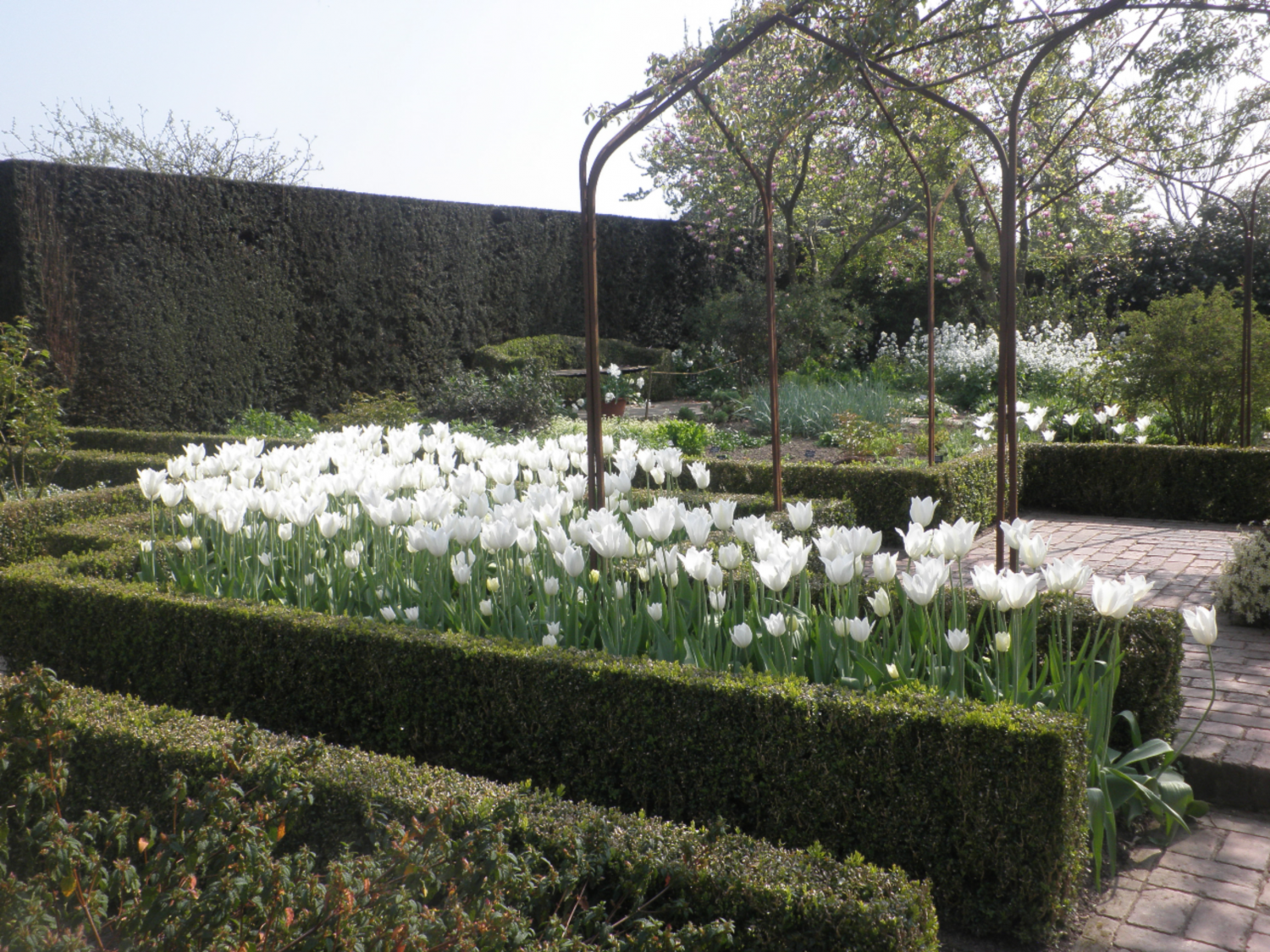
‘White Triumphator’ looks very classy against the dark green foliage of something like Box or Yew
TEST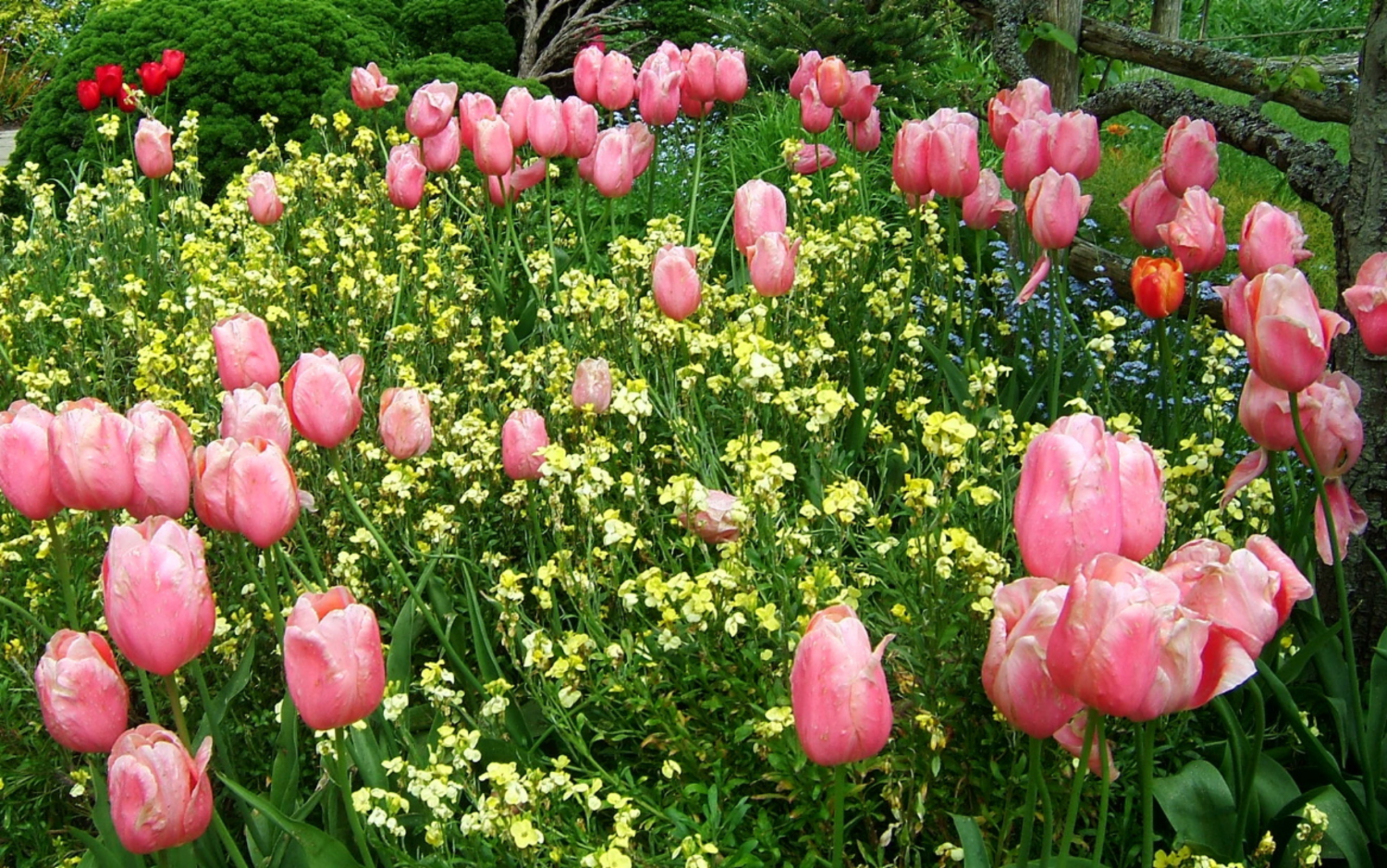 TEST
TEST
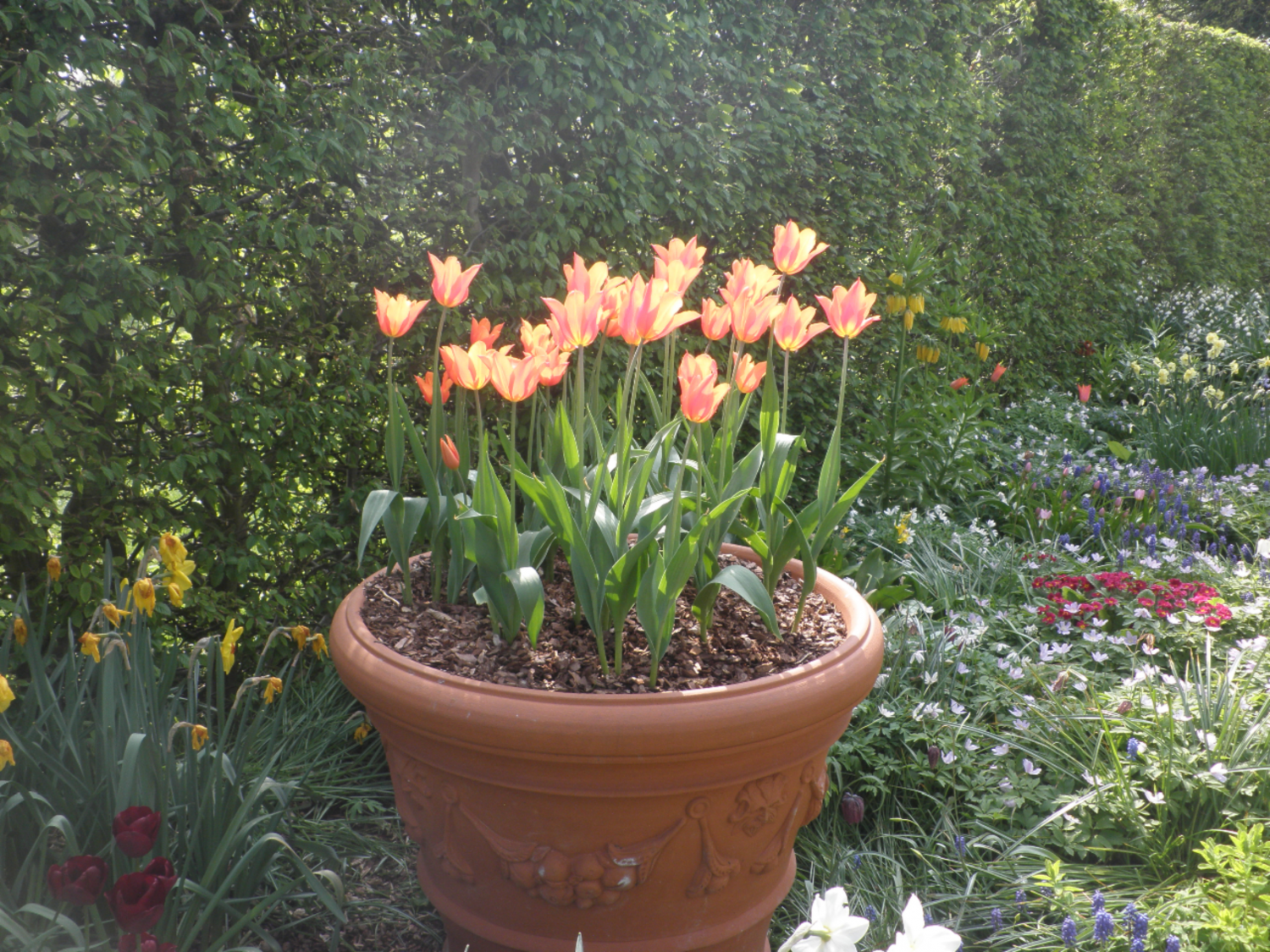 TEST
TEST
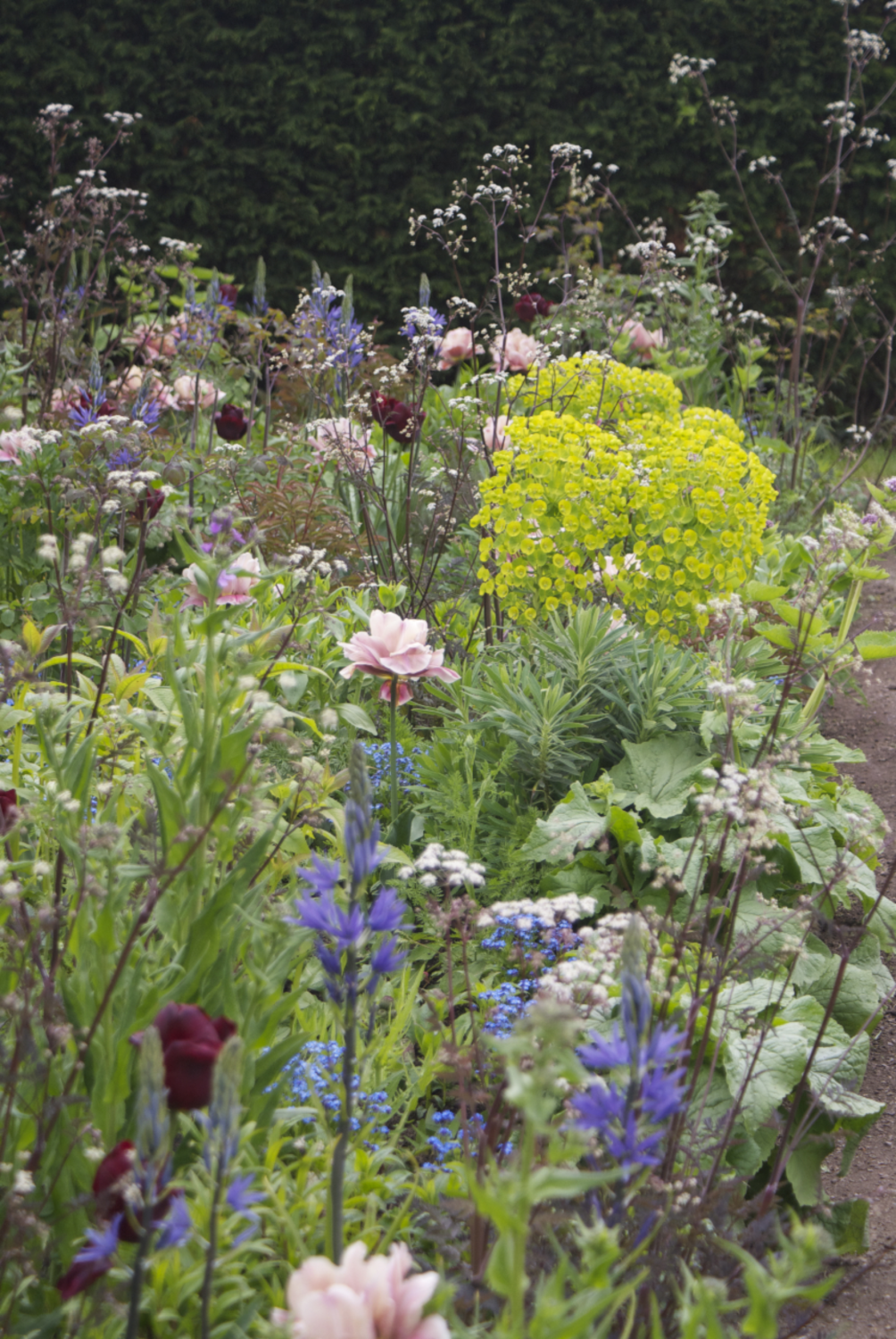
- words: Jo Arnell
You may also like
In the Night Garden
Jo Arnell explains how to make the most of your outdoor space once darkness falls Some enchanted evening you may see me outside – mainly searching for slugs in the garden, because the cool hours of night are when they...
Contain your excitement
Jen Stuart-Smith discusses how to get creative with your pots and planters My love affair with plants started with houseplants when I was a child. As my bedroom windowsill overflowed – resulting, occasionally, in waking up with compost under my...
More than just a pretty face
Jen Stuart-Smith explores the multiple uses of some easy-to-grow garden favourites When you grow flowers for their beauty, shape and colour it can be easy to forget all the other qualities they have to offer. Some are edible, others provide...
